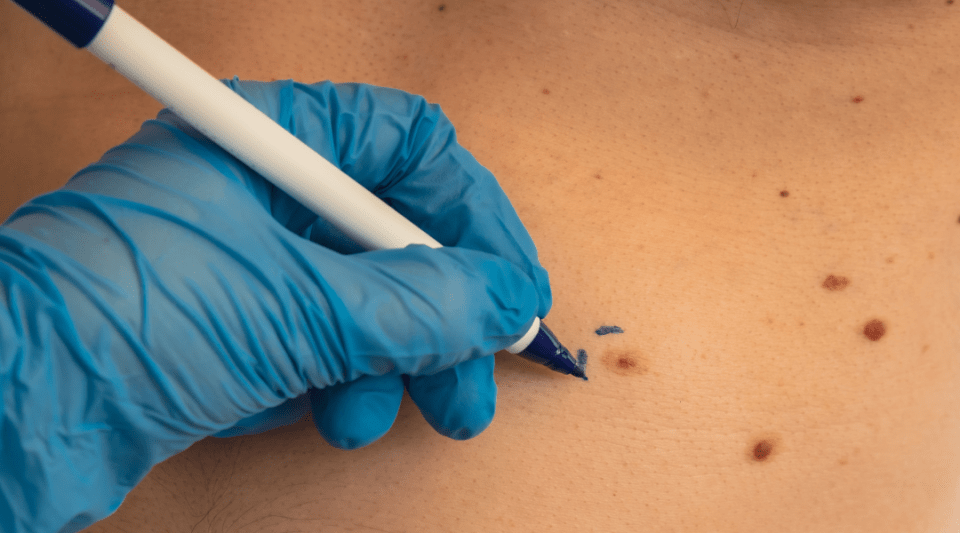Choosing the right sunscreen
The sun protection factor (SPF) indicates how well a sunscreen protects the skin from the harmful effects of ultraviolet radiation. The SPF rating tells you how many times longer you can stay in the sun without burning, compared to unprotected skin. For example, SPF 50 offers 50 times more protection than wearing no sunscreen at all.
As Dr Laura Serra, dermatologist at Hospital Clínic Barcelona, explains, it’s best to use sunscreens that are not transparent, so you can easily check whether they’ve been applied evenly. For the face, products with a fluid texture that suits the skin type and spread easily are ideal.
Where, when and how to apply it
For the face, the ideal amount of sunscreen can be measured using the "two-finger rule": apply two strips of product, one along the length of your index finger and one along your middle finger. This is the recommended amount to properly cover the face and neck.
In summer, when more skin is exposed, sunscreen should be applied to all uncovered areas — including the backs of the hands and feet when wearing open shoes. Don’t forget commonly overlooked areas such as the ears, neck, back of the neck and eyelids, which are often less protected.
One of the most common mistakes is not applying enough sunscreen.






